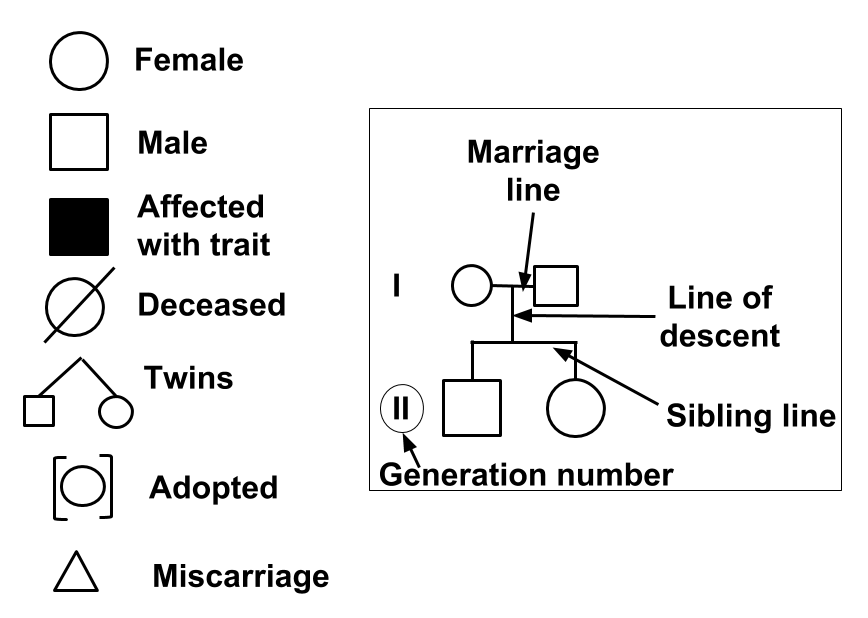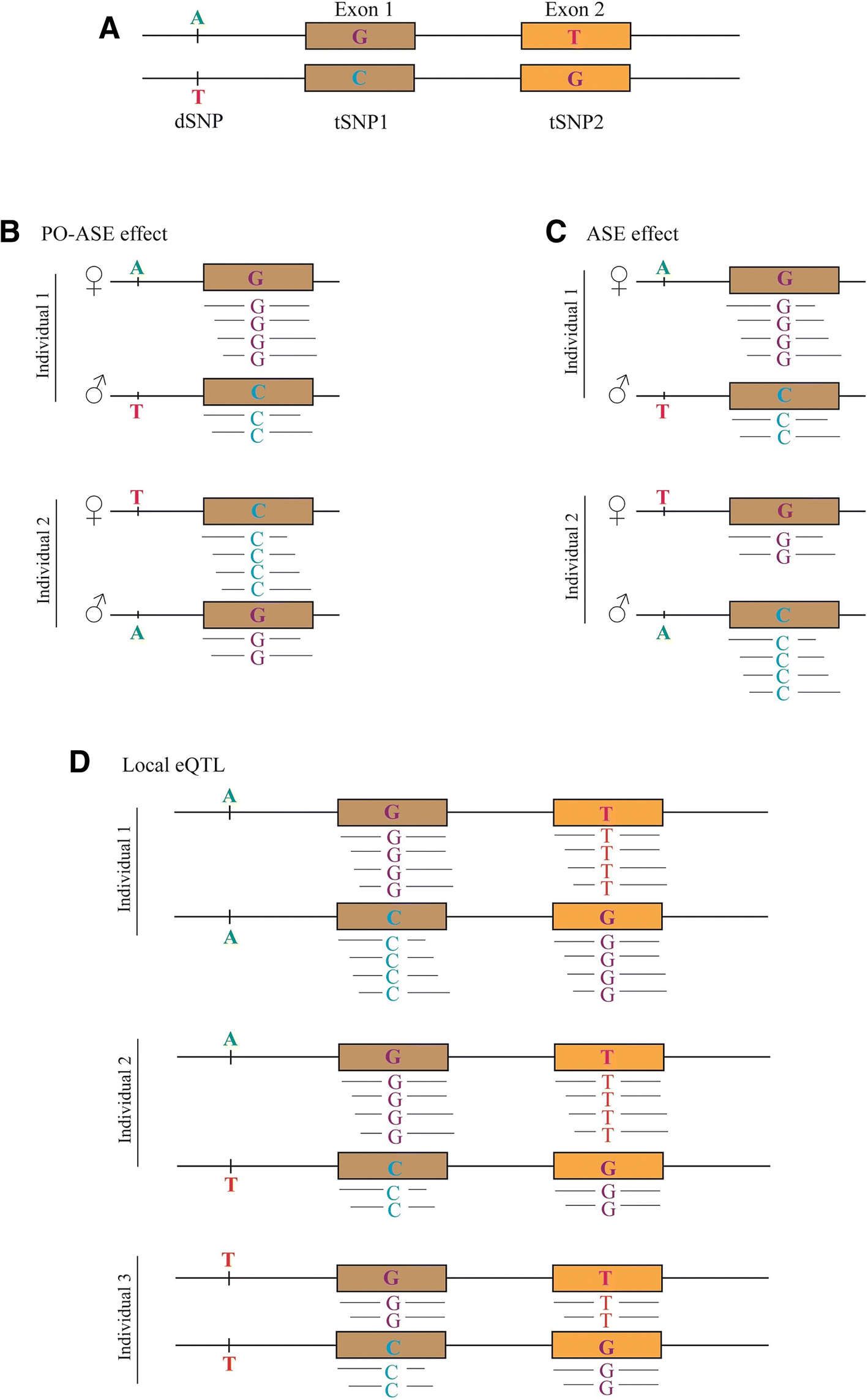Which Of The Following Information Can Be Determined From Examining A Pedigree Diagram For Trait P
Examine the pedigree in figure 14 3. If the trait is recessive then the father in i is homozygous for the trait and the mother in i is heterozygous.
 Pedigrees Review Article Pedigrees Khan Academy
Pedigrees Review Article Pedigrees Khan Academy
The allele for the presence of a white forelock is dominant.

Which of the following information can be determined from examining a pedigree diagram for trait p. If the trait is dominant then the father in i is heterozygous for the trait. The male is homozygous and the female is homozygous. Pedigree analysis can be used to determine the mode of inheritance for a particular trait.
If an individual has the trait his shape is darkened. If most of the males in the pedigree are affected then the disorder is x linked if it is a 5050 ratio between men and women the disorder is autosomal. From this information along with an understanding of inheritance genotypes of individuals can often be determined.
If the trait is dominant then individuals with the trait will have their shapes coloured in if the trait is recessive then individuals with the trait will have unshaded circles or squares. When determining if a persons earlobes are attached or detached keep in mind that there can be a range of attachment. A pedigree is a chart or list of some sort of an individuals ancestors genetics uses it to analyze mendelian inheritance.
If a characteristic is controlled by more than one gene pedigree analysis may suggest that but it will be difficult to unravel the mode of inheritance of these genes simultaneously. A pedigree is a diagram that shows the occurrence and appearance phenotype of a particular genetic trait as it is passed from one generation to the next in a given family. Here are some tips to consider as you fill out the pedigrees.
Interpreting a pedigree chart. Locate the recessive individuals in the pedigree. Use a separate pedigree for each trait.
We can trace an autosomal then it is a 5050 ratio between men and women in the pedigree if it is sex linked then mostly males in the. Therefore we can tell from the chart that in the couple labeled 2. Determine if the pedigree chart shows an autosomal or x linked disease.
1 as a practical matter pedigree analysis is most effective for traits that are controlled in a mendelian fashion by a single gene. If you have enough info you can figure out if the trait is recessive dominant x linked etc. In the information given usually in a title determine if the trait being discussed is dominant or recessive.
Determine whether the disorder is dominant or recessive. The male is heterozygous and the female is heterozygous. Determine the phenotype of each person on your pedigree for each of the four traits.
This is done through a series of steps. Dominant or recessive inheritance can explain this pedigree. Squares represent males and circles are used for females.
Explain how by examining a pedigree you can determine whether a trait is autosomal recessive autosomal dominant or sex linked.
 Comparing Allele Specific Expression And Local Expression
Comparing Allele Specific Expression And Local Expression
A Comparison Of Approaches To Estimate The Inbreeding Coefficient
 Cancer Genetics Risk Assessment And Counseling Pdq Health
Cancer Genetics Risk Assessment And Counseling Pdq Health
The Genotype Phenotype Distinction Stanford Encyclopedia Of Philosophy
 An Efficient Analytic Approach In Genome Wide Identification Of
An Efficient Analytic Approach In Genome Wide Identification Of
 Epistasis Too Often Neglected In Complex Trait Studies Nature
Epistasis Too Often Neglected In Complex Trait Studies Nature
Genetics Basics Lesson 3 Modes Of Inheritance
 Punnett Square An Overview Sciencedirect Topics
Punnett Square An Overview Sciencedirect Topics
 Cystathioninuria And Renal Iminoglycinuria In A Pedigree A
Cystathioninuria And Renal Iminoglycinuria In A Pedigree A
Comparison Of Genotypic And Phenotypic Correlations Cheverud S
Genetics Review For Usmle Part 2 Single Gene Disorders Some
 Evaluating The Contribution Of Rare Variants To Type 2 Diabetes And
Evaluating The Contribution Of Rare Variants To Type 2 Diabetes And
 Quiz Worksheet Pedigree Analysis Practice Study Com
Quiz Worksheet Pedigree Analysis Practice Study Com
Molecular And Mendelian Disorders Glowm
 Autosomal Dominant Familial Hypoparathyroidism Sensorineural
Autosomal Dominant Familial Hypoparathyroidism Sensorineural



0 Response to "Which Of The Following Information Can Be Determined From Examining A Pedigree Diagram For Trait P"
Post a Comment